Begijnhof, 8000 Brugge, Belgium
- Transmission 7-Speed Automatic
- |
- Drive Rear Wheel Drive
- |
- Mileage n/a
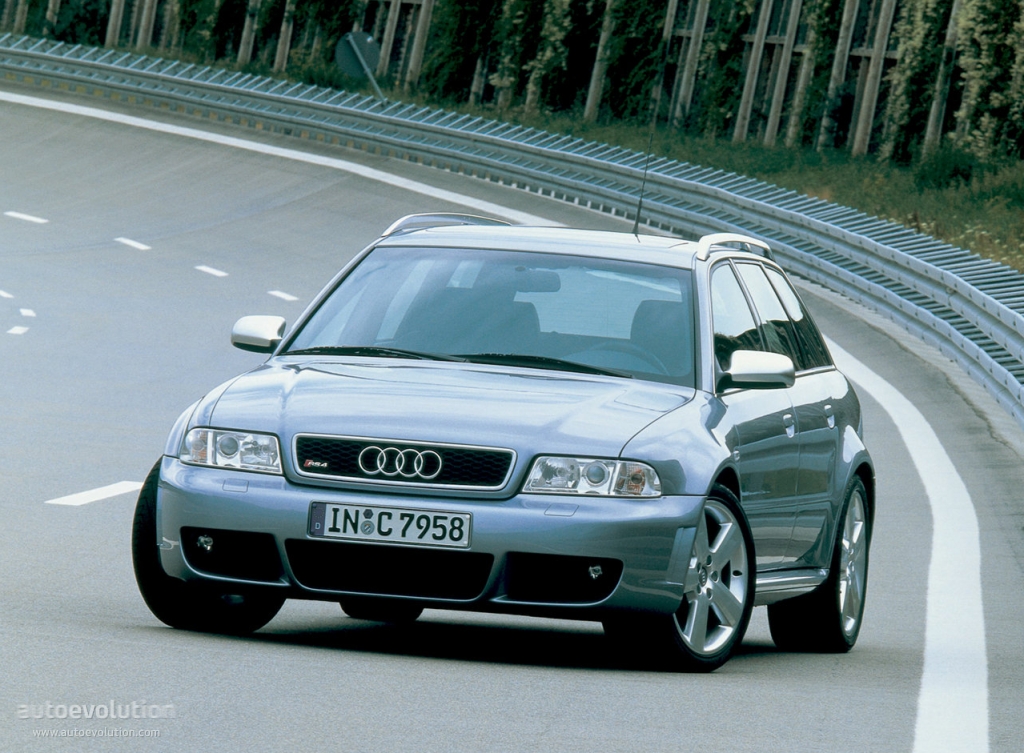
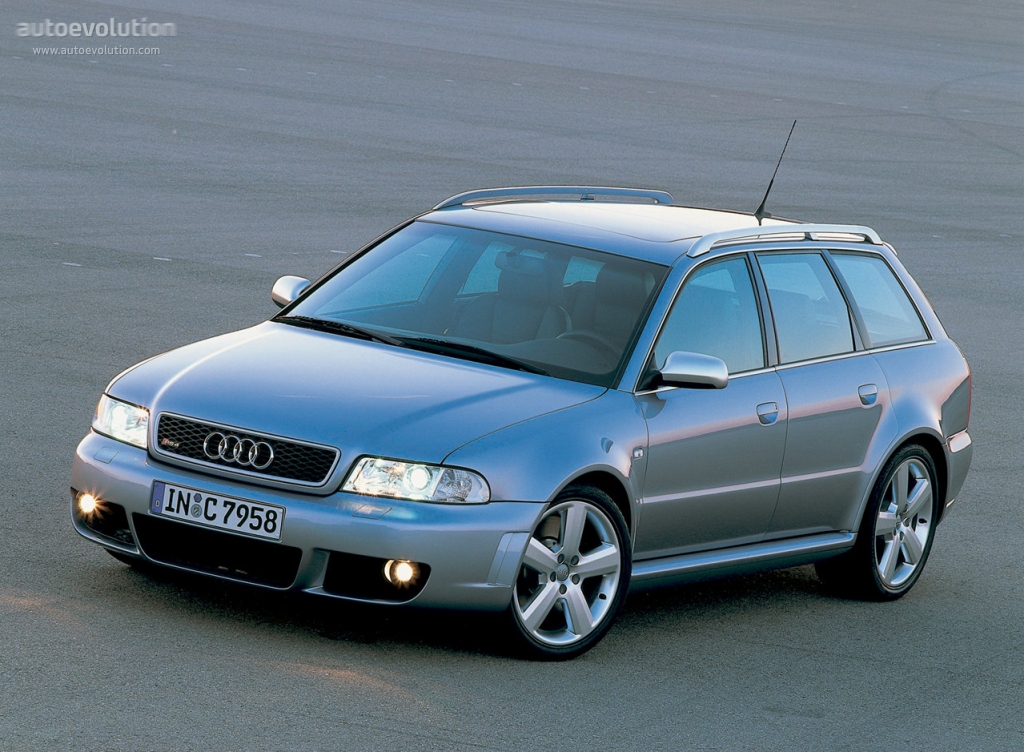
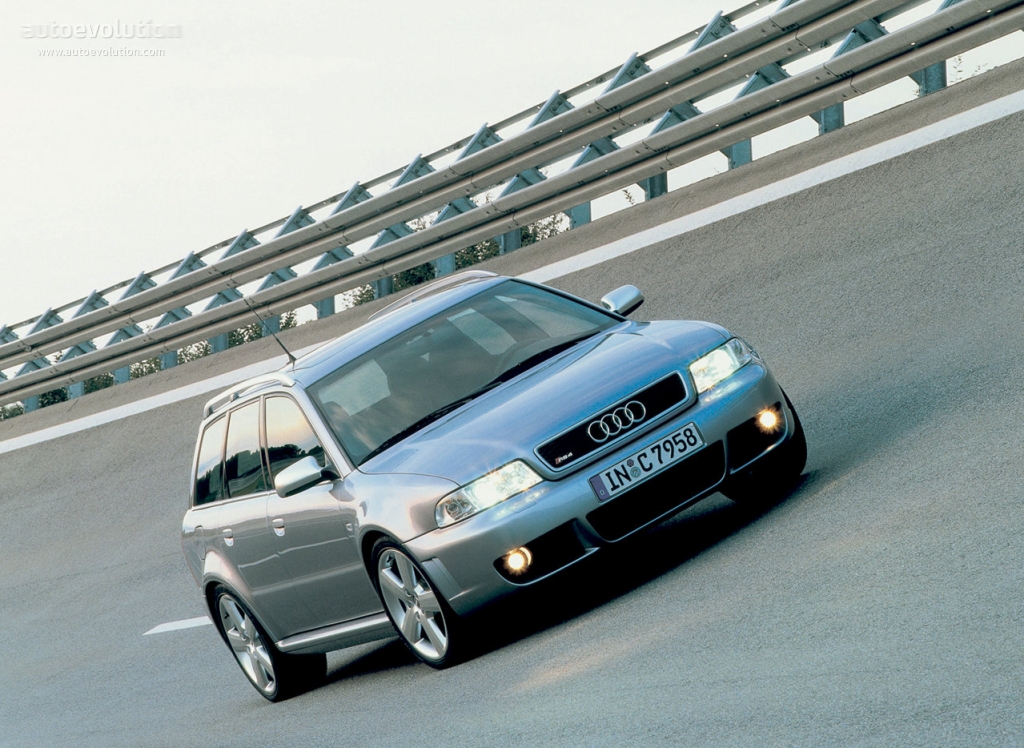


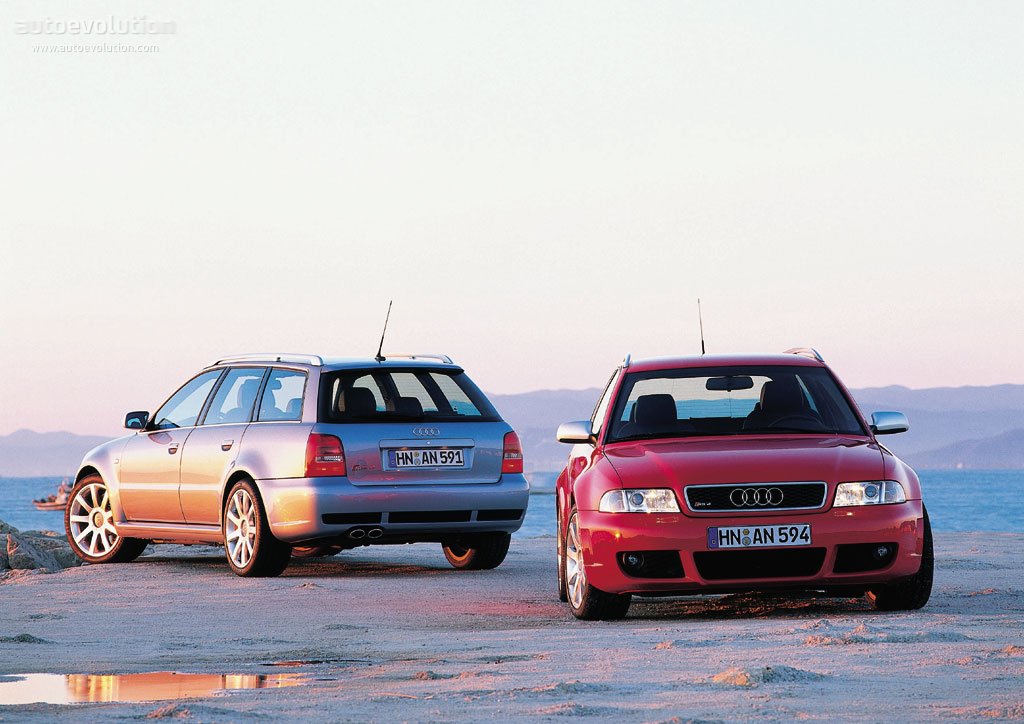
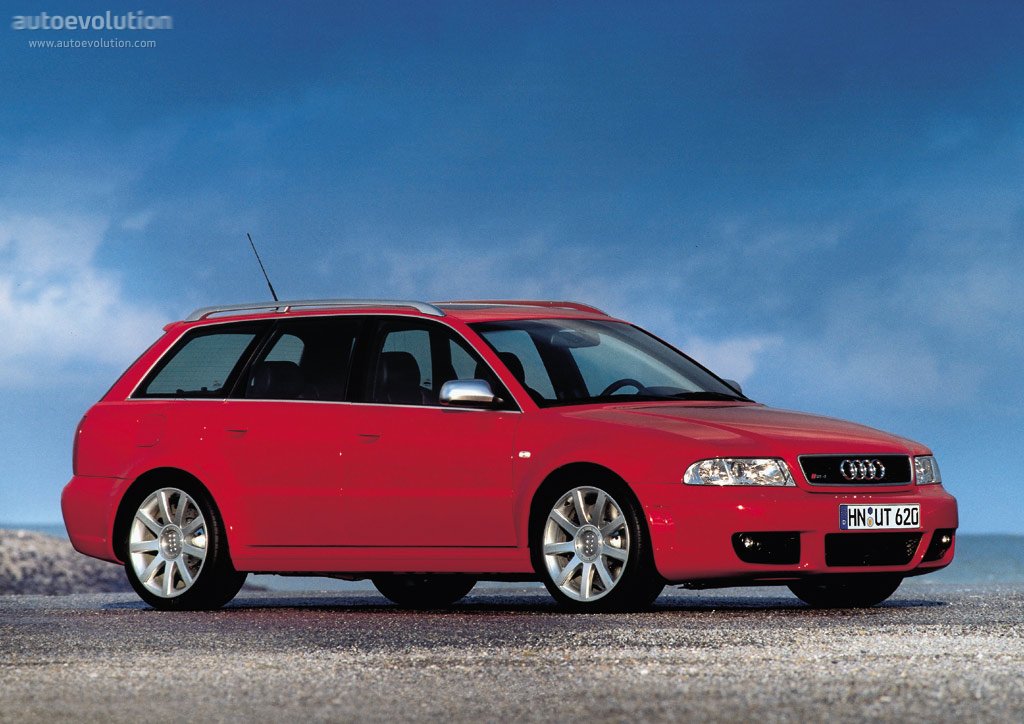
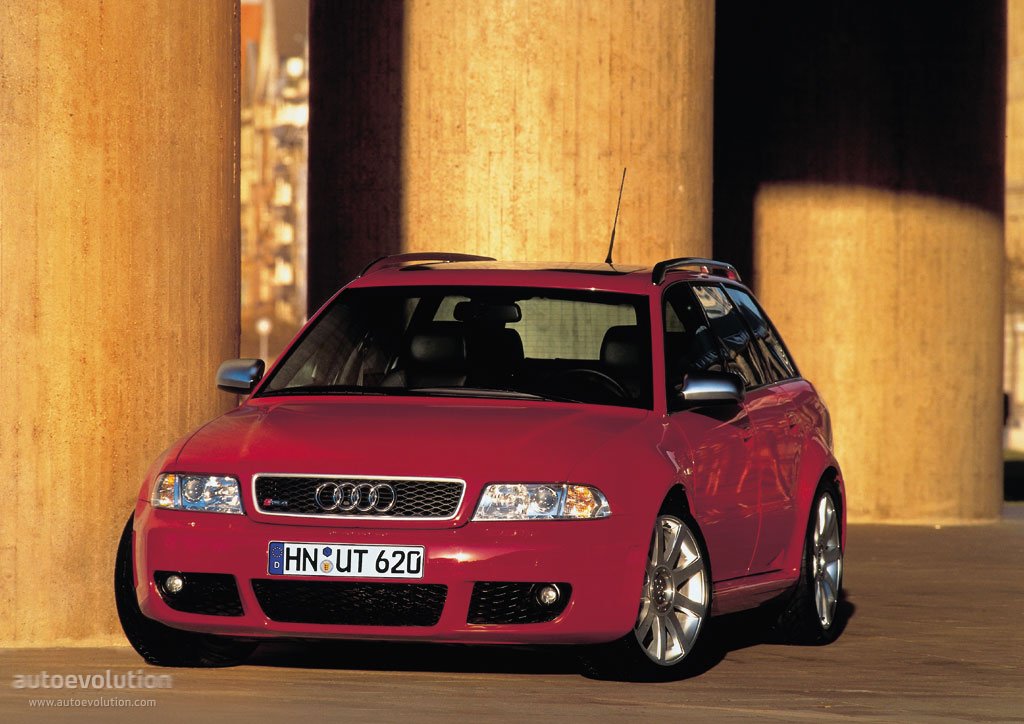
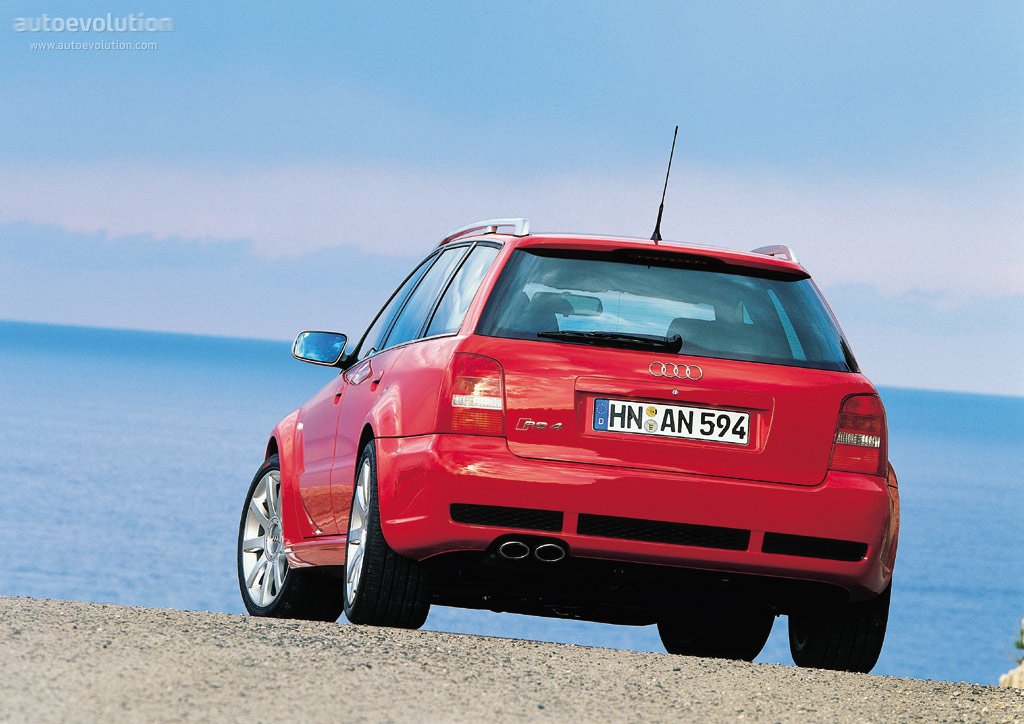
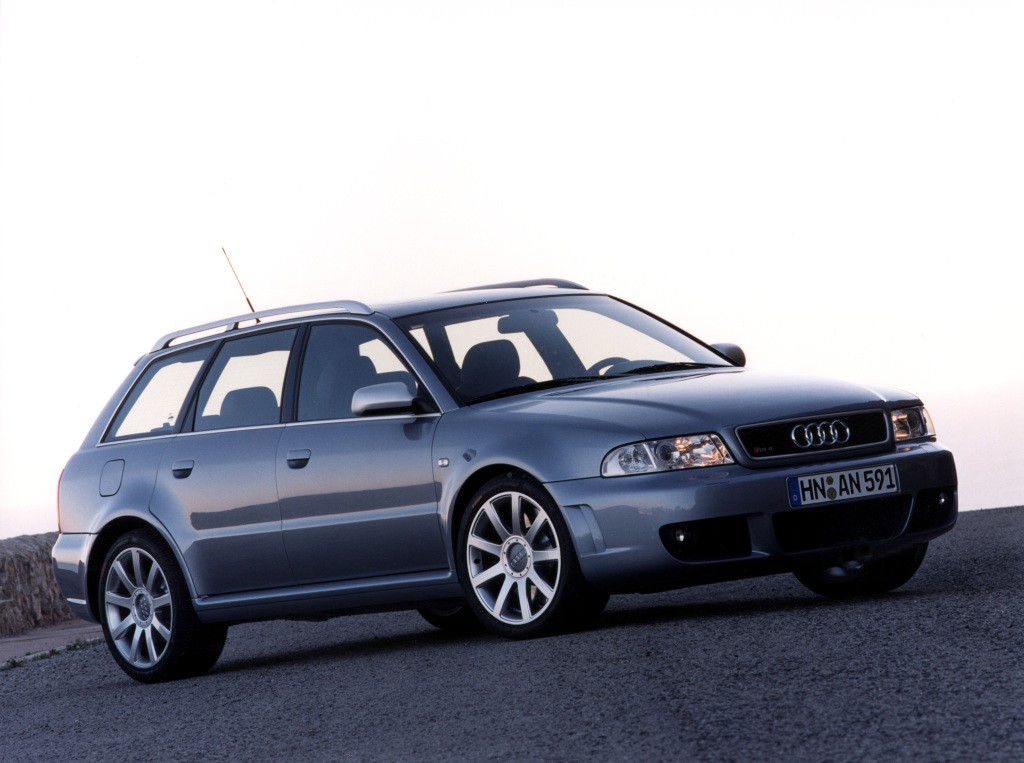

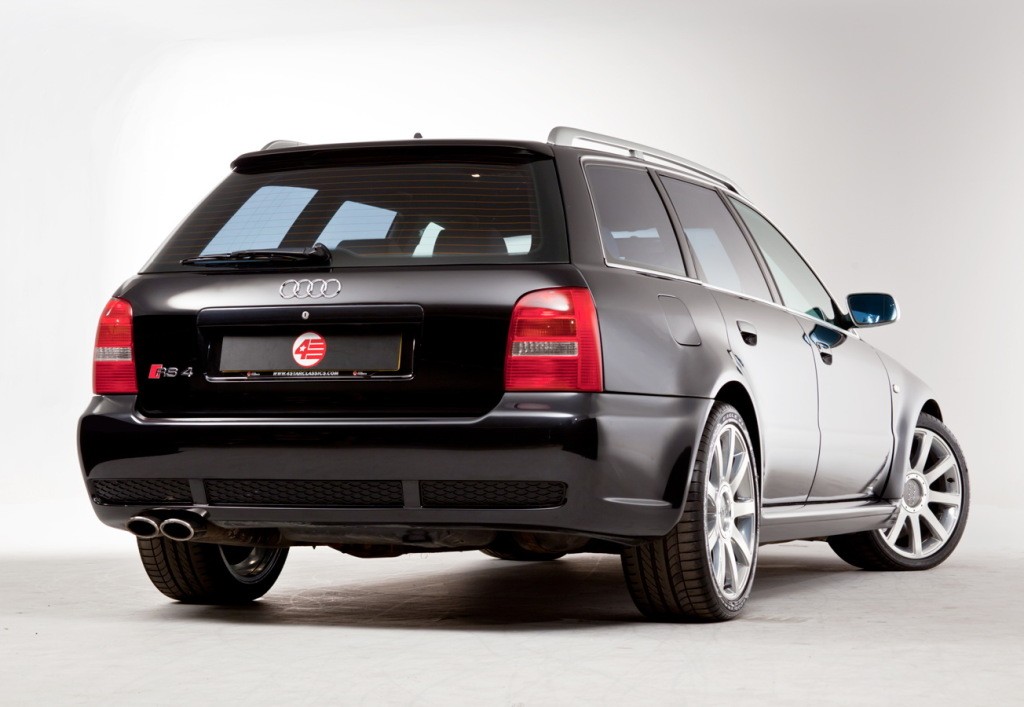


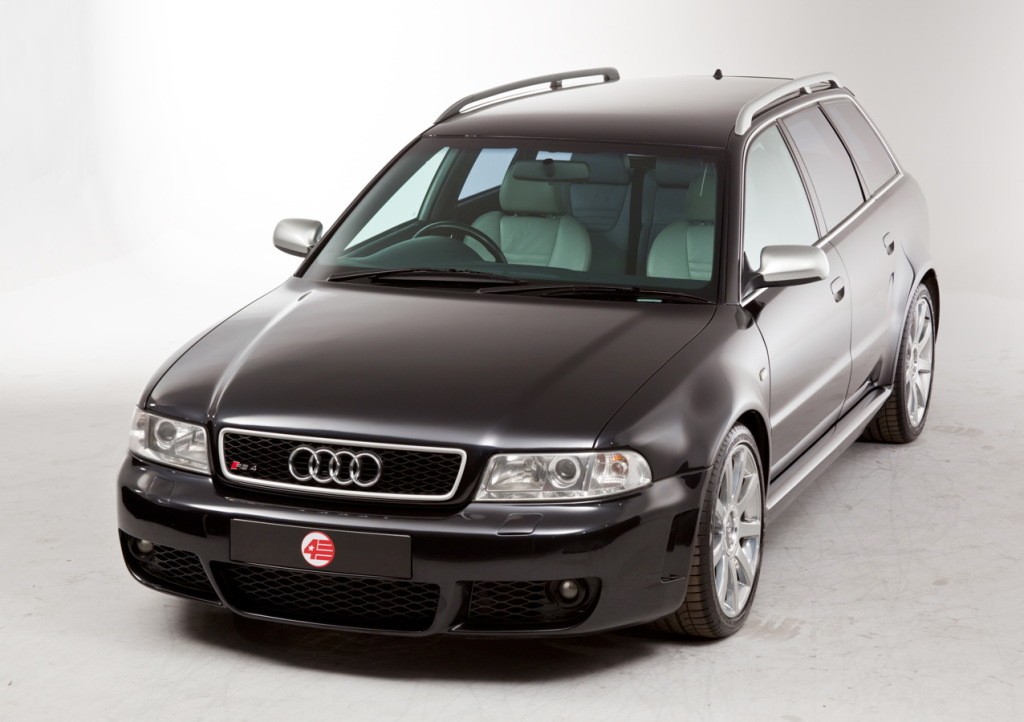


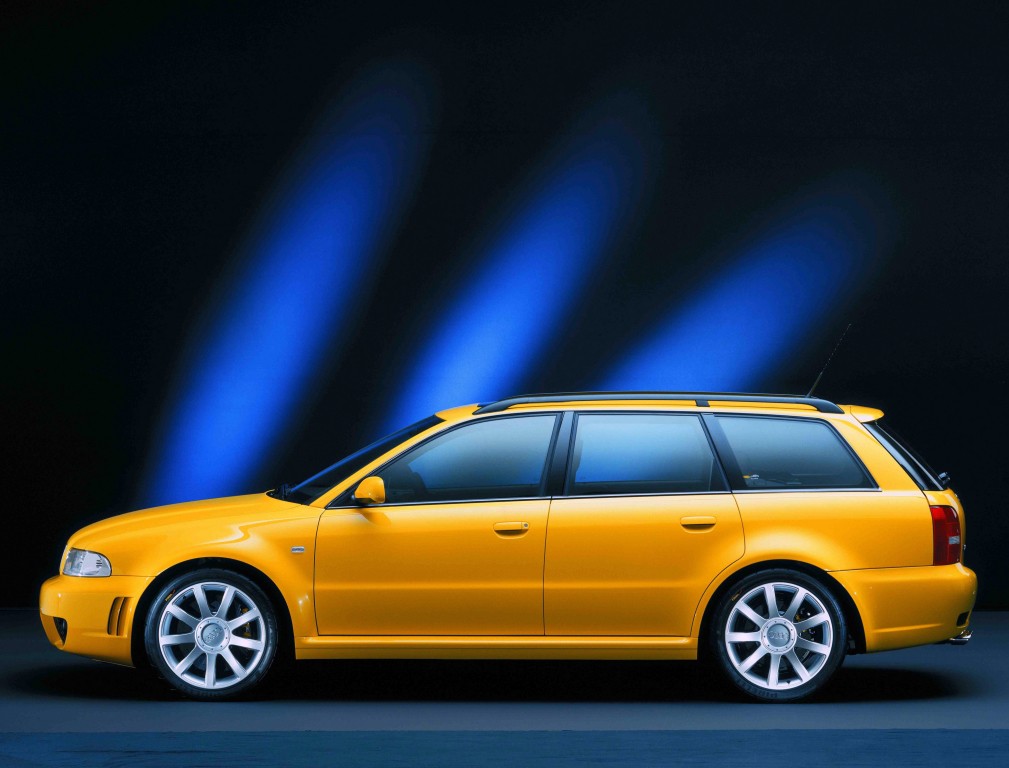
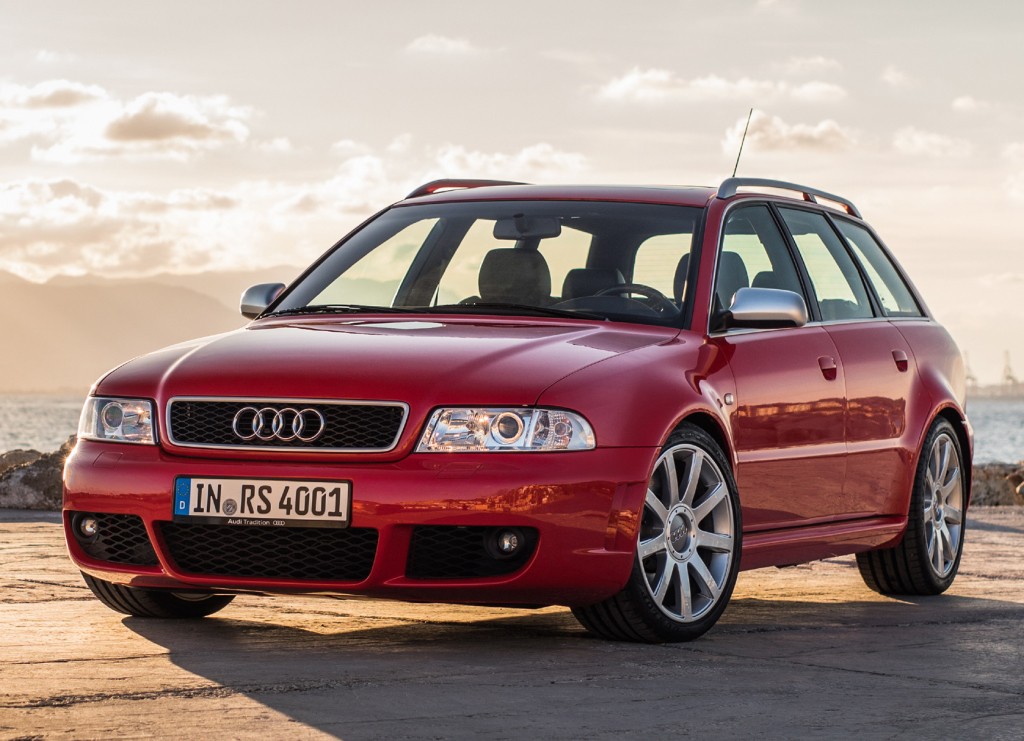

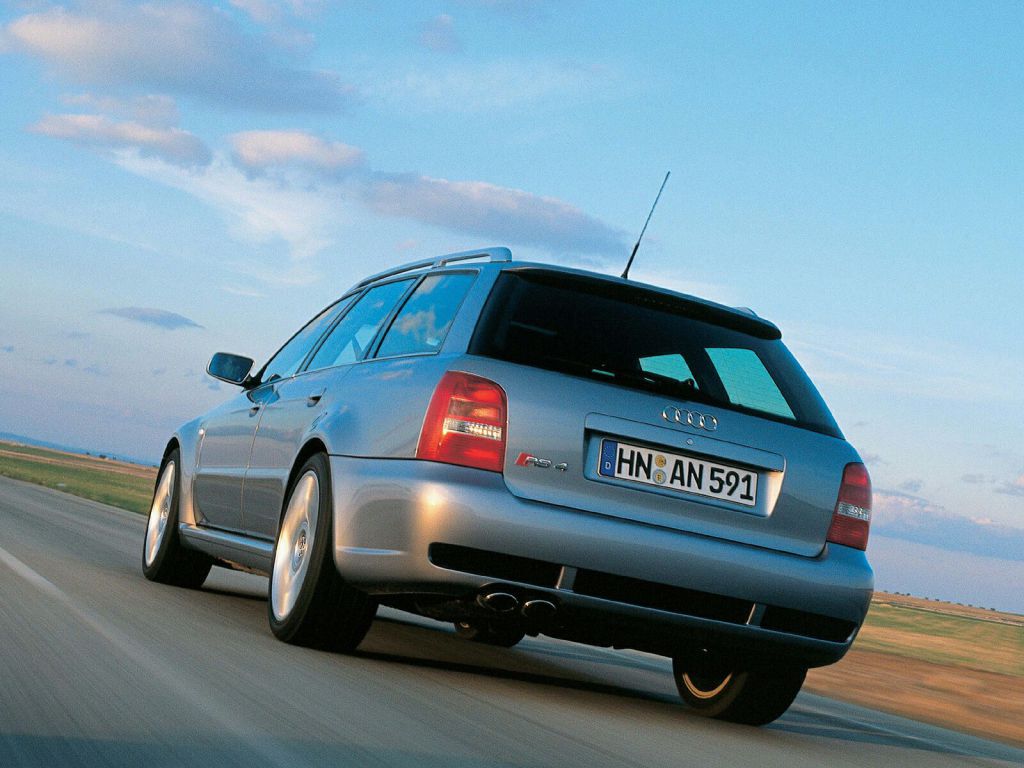
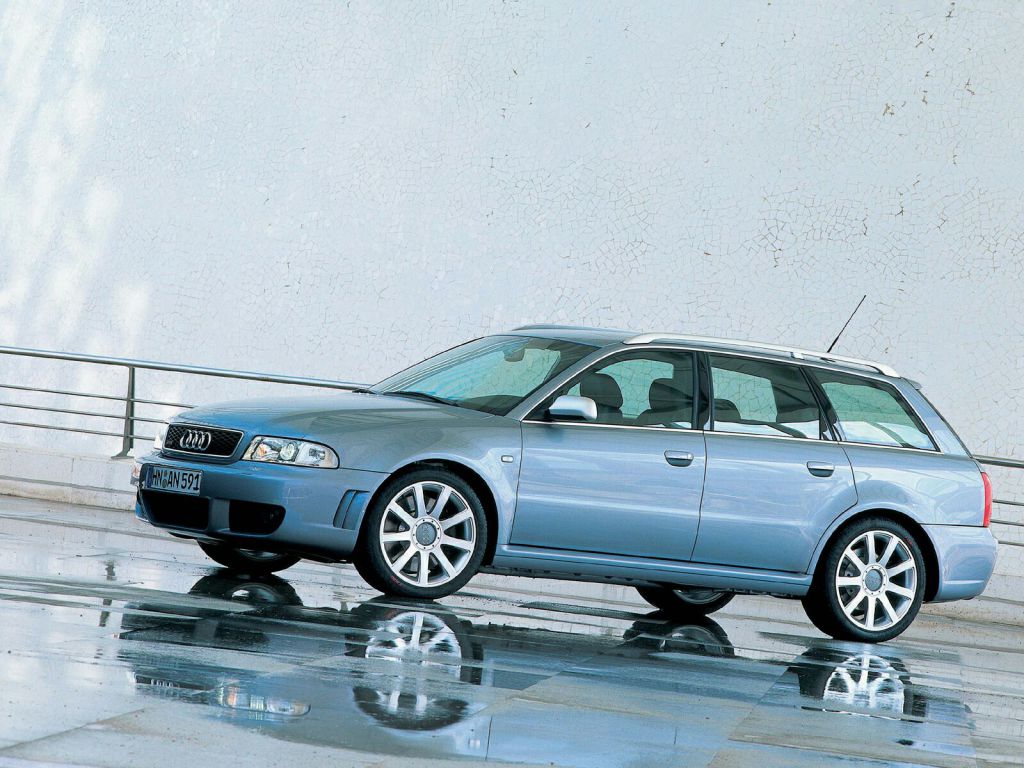

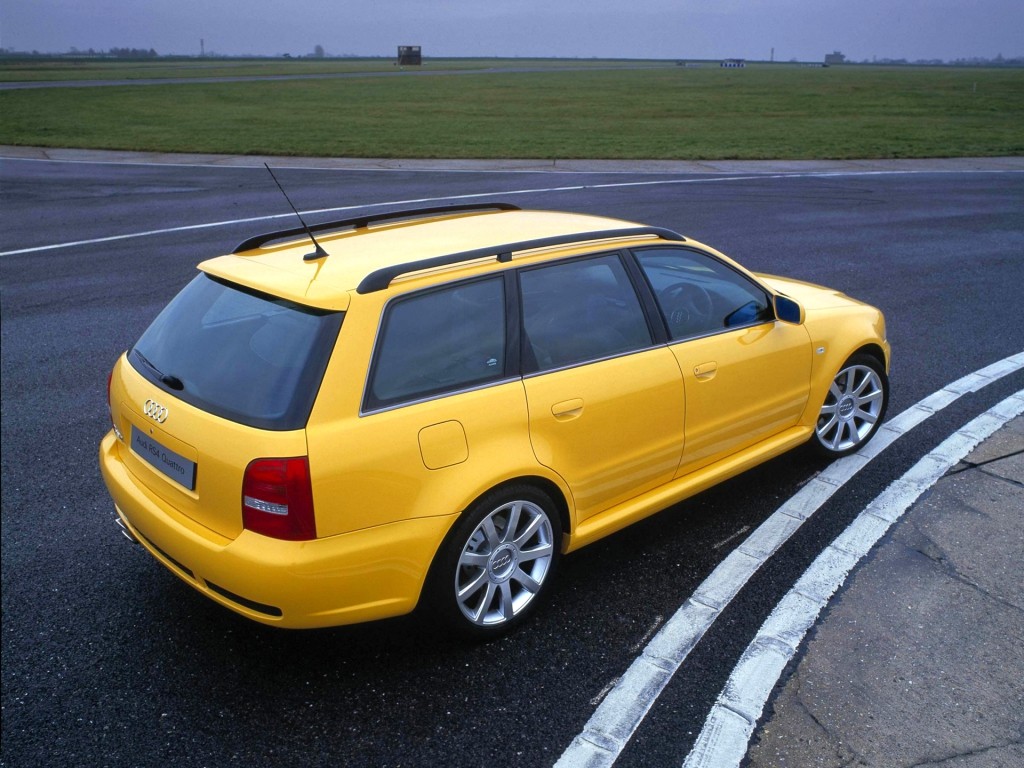

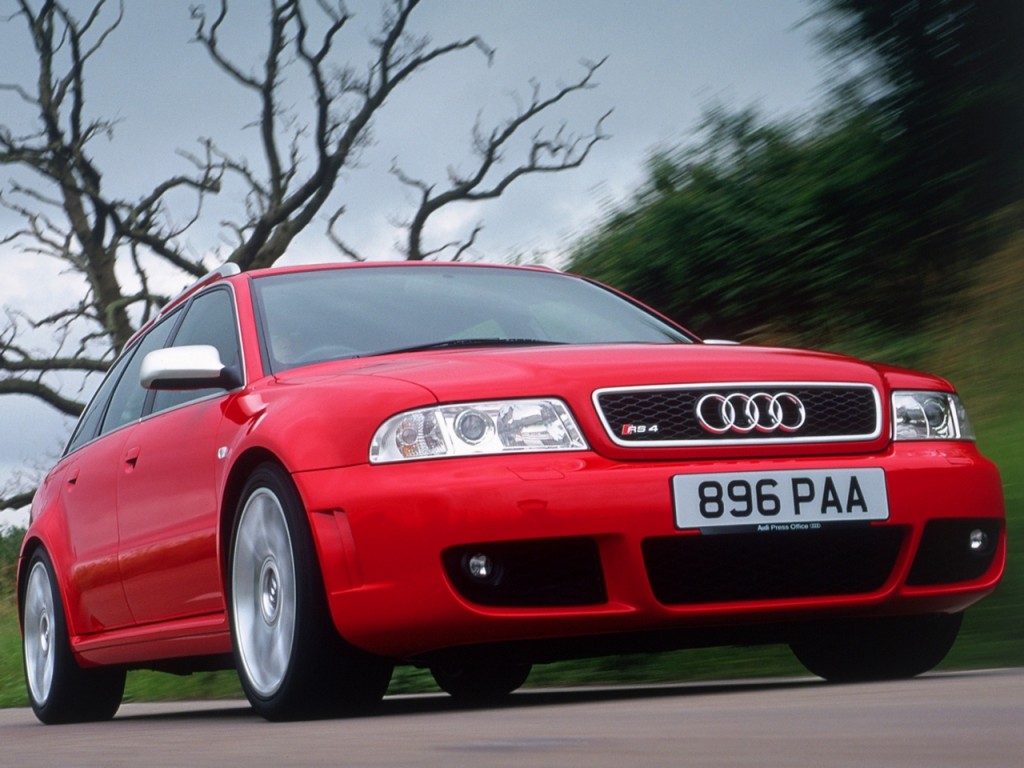
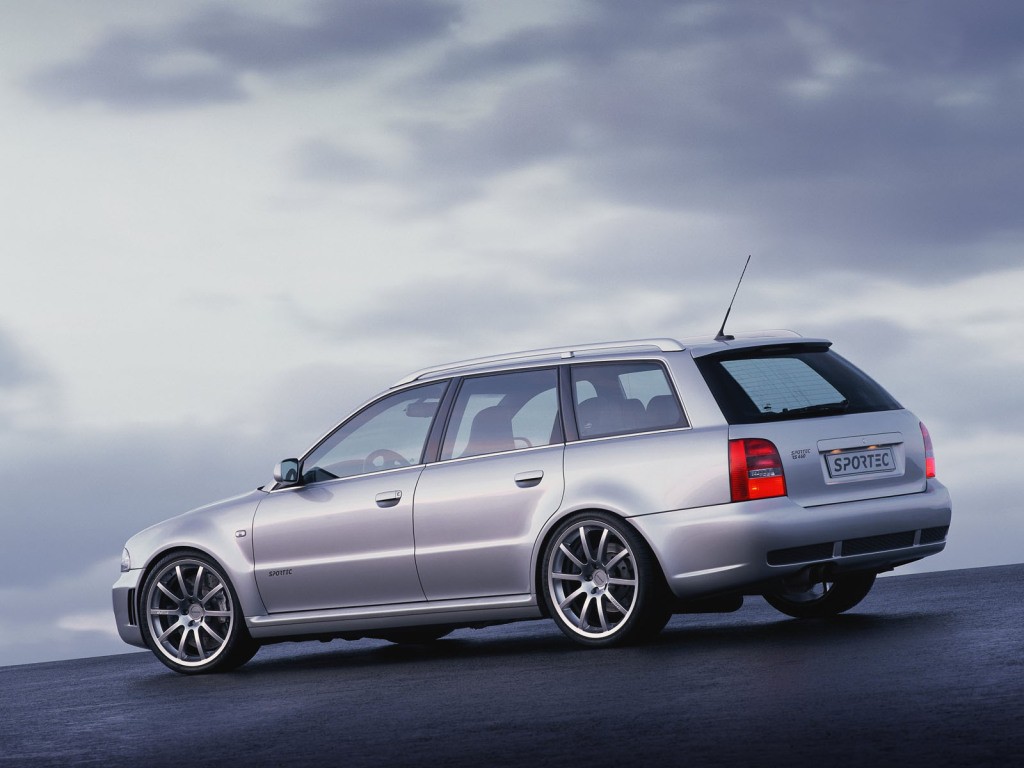

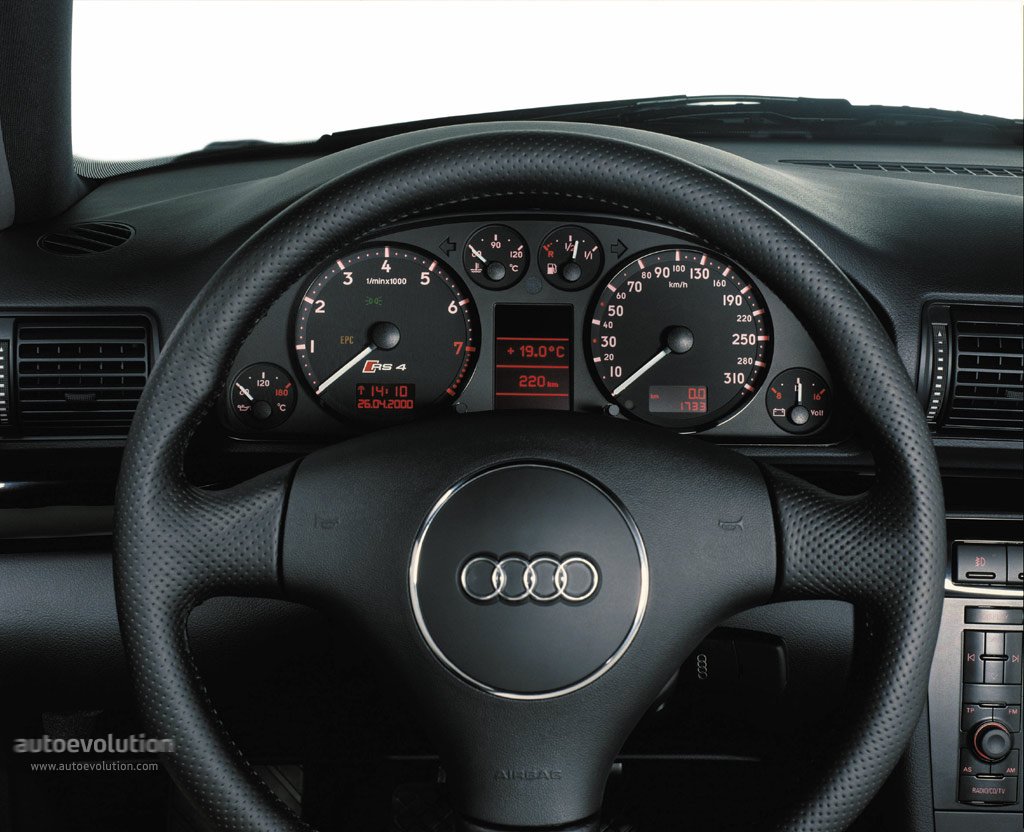

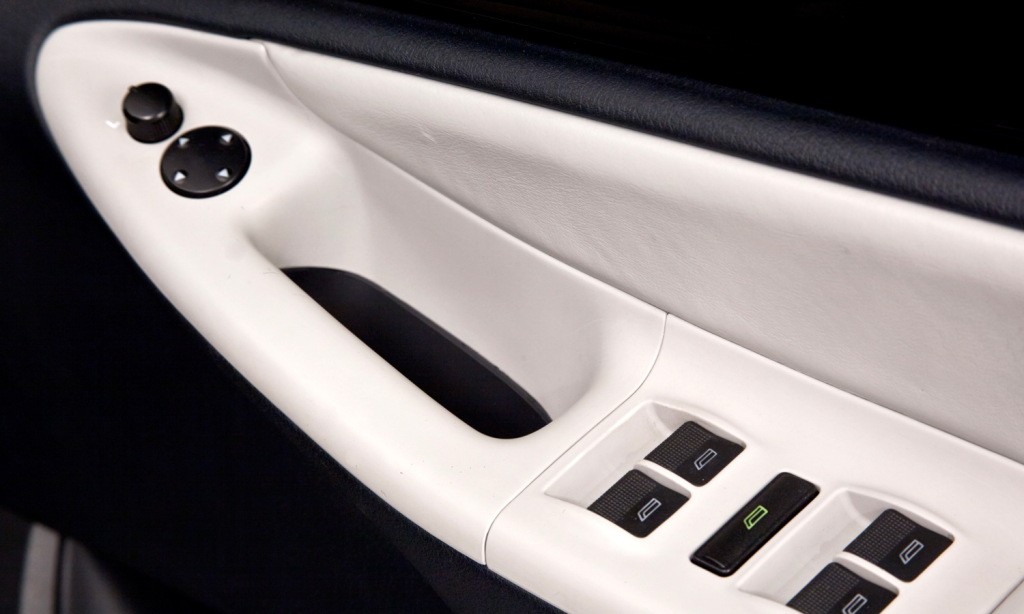
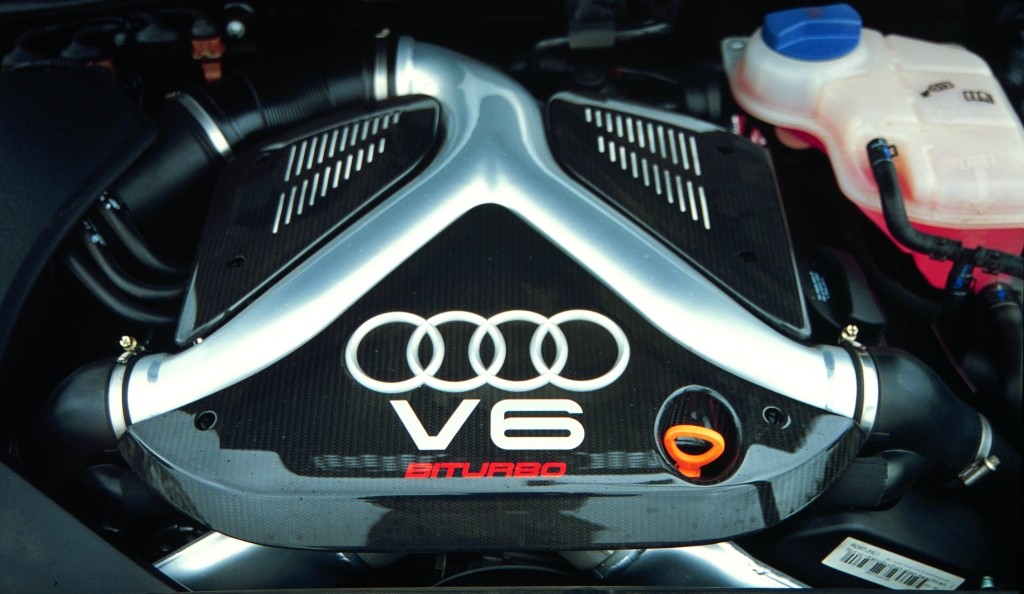

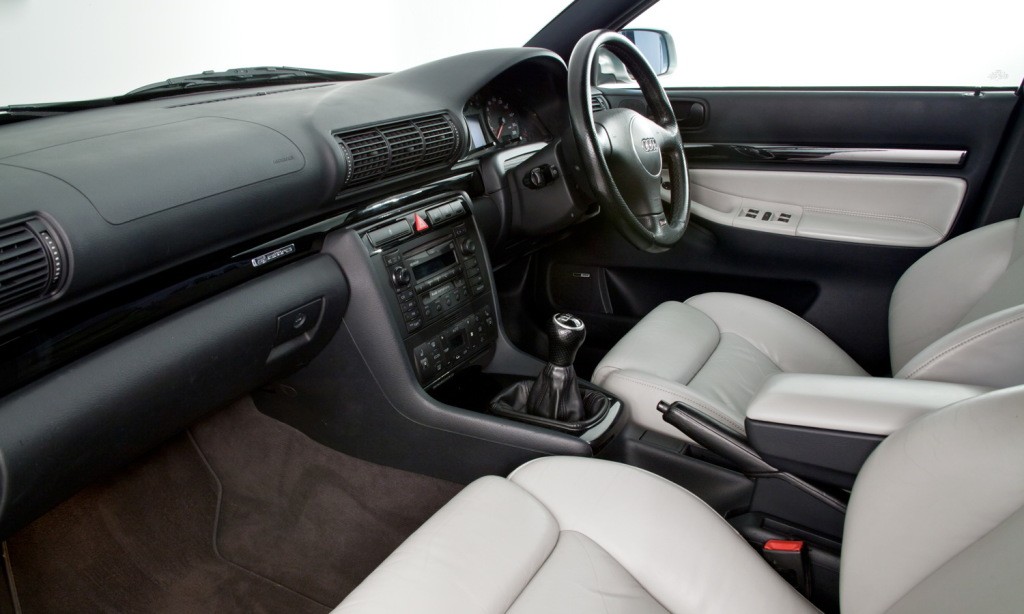
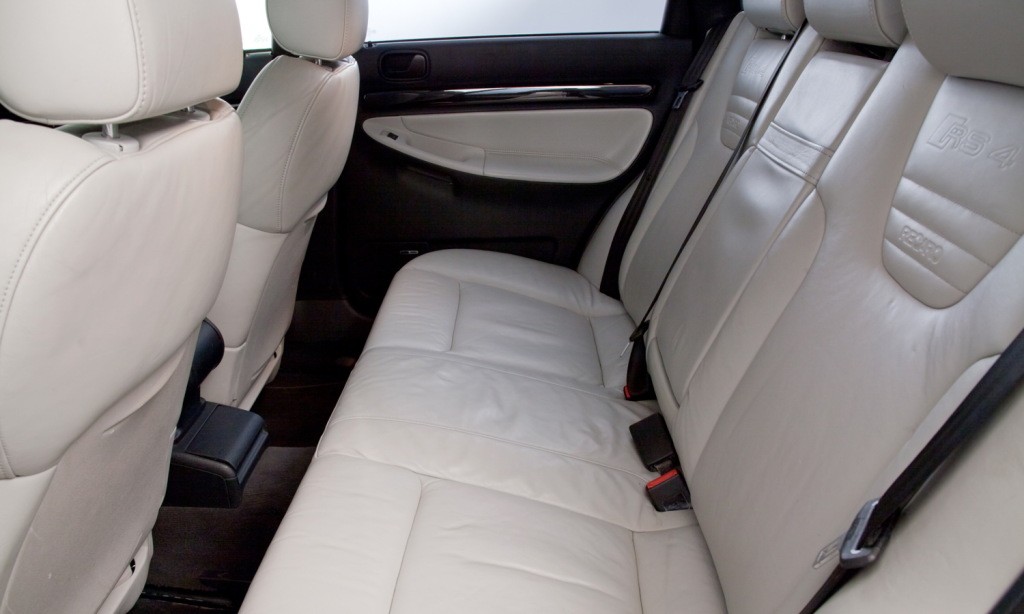
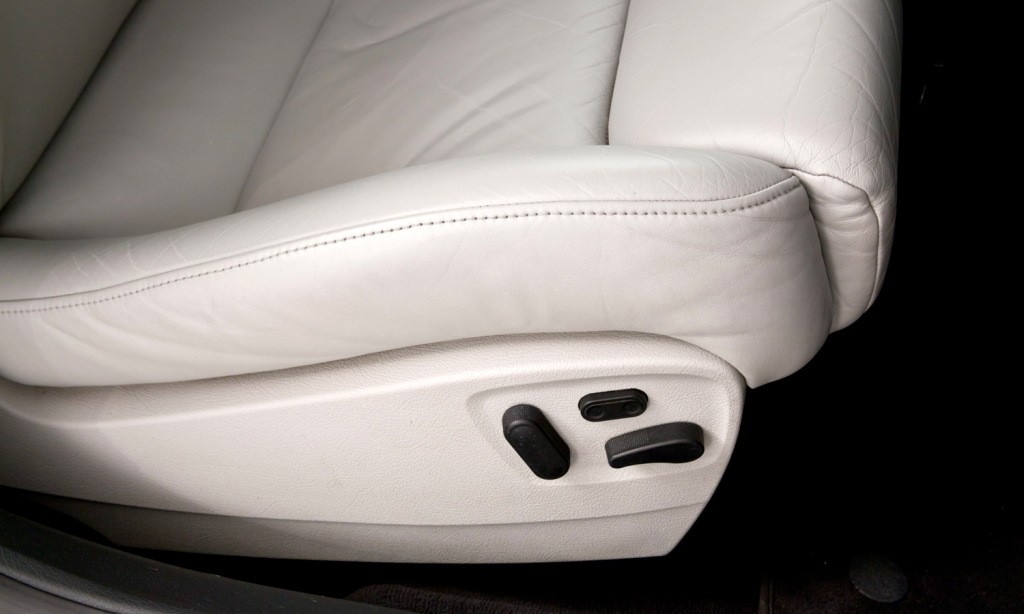
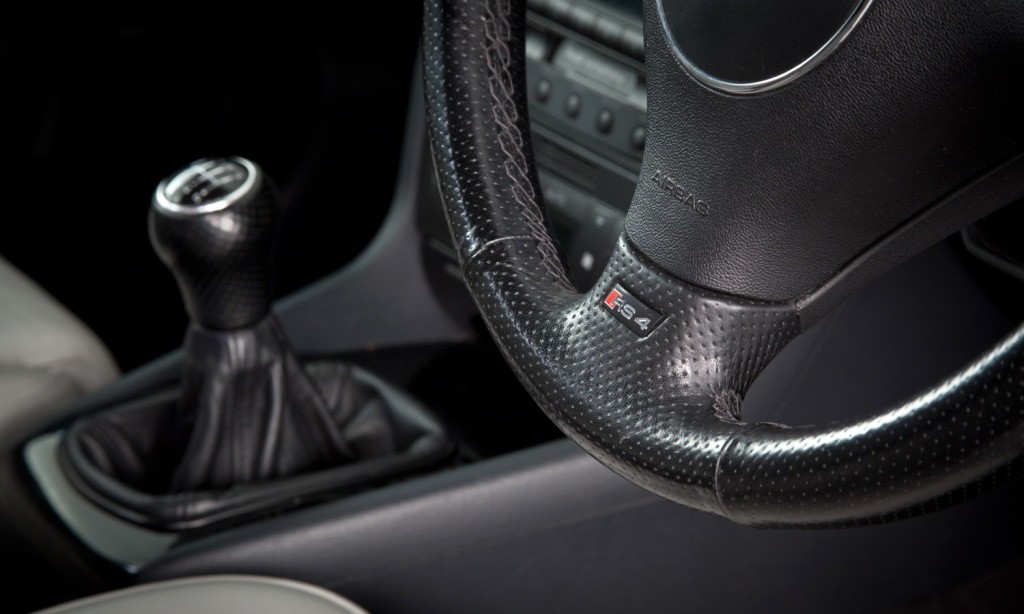
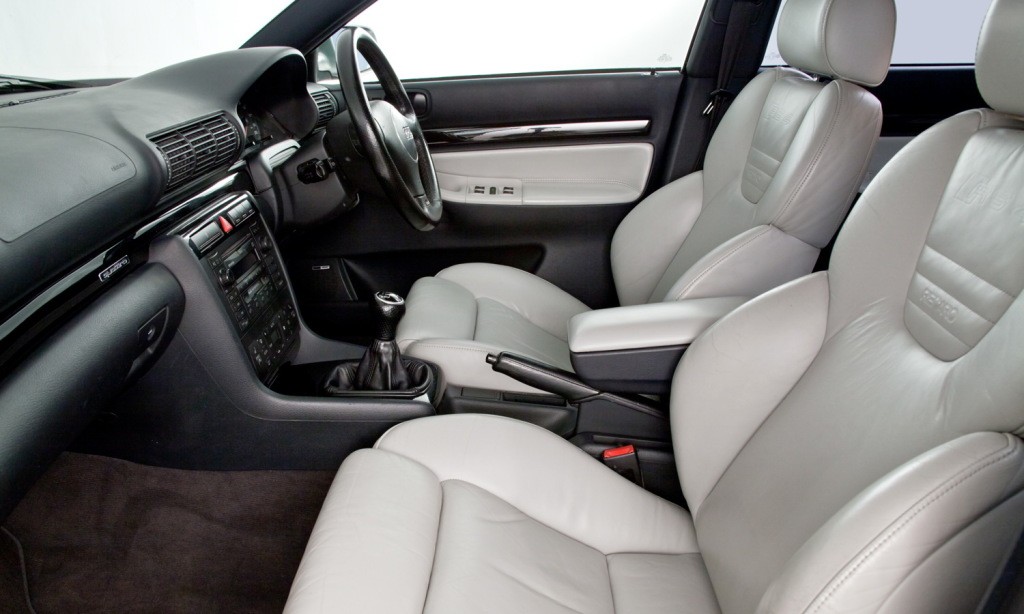


Audi introduced in 1999 the most powerful version of the A4 lineup, and it was available exclusively as a station wagon, a shape that,…
Audi introduced in 1999 the most powerful version of the A4 lineup, and it was available exclusively as a station wagon, a shape that, in the German automaker’s inventory, wore the Avant nameplate.
Created as an alternative for go-fast vehicles such as the BMW M3, the RS4 Avant was the legit successor for the RS2 that thrilled customers in the early ’90s. Unlike its predecessor, which was developed together with Porsche, this model was developed together with the British specialist Cosworth Technologies, which was responsible for creating successful racing cars. As a result, the RS4 Avant became the fastest compact vehicle on the market, threatening with its performance even some supercars from that era. After all, there were not too many cars able to hit 62 mph (100 kph) from a dig in less than five seconds.
While the overall shape of the car was similar to the regular A4 Avant, the RS4 version was clearly different. Its front and rear fenders were wider to accommodate the fat 255/55 tires wrapped around bespoke 18″ forged light-alloy wheels. At the front, the redesigned bumper featured a new apron that had a broad center grille flanked by a pair of scoops that housed the fog lamps. Furthermore, on the bumper’s sides, the automaker added extracting vents to lower the aerodynamic lift. A set of side skirts continued the flared wheel arches, while at the back, Audi placed a redesigned bumper fitted with a diffuser. Underneath it, a twin elliptic exhaust peaked.
Inside, the leather-wrapped interior greeted its driver and side passenger with Recaro high-bolstered sports seats. These were separated by a folding center armrest where Audi placed a small storage compartment. A low-mounted center console housed the gear stick and the handbrake. On the center stack, a new infotainment system with navigation and phone connectivity was available. Fronting the driver was a three-spoke steering wheel adorned by an RS4 badge on the lower spoke. The same logo was imprinted inside the tachometer’s dial from the instrument cluster, and next to it was a speedometer marked to 310 kph (193 mph).
In the back, Audi installed a split-folding (60/40) bench seat made mostly for two adults since the transmission tunnel that crossed the car from front to back was tall. Still, there was enough room for adult-sized occupants. But the RS4 Avant was also a practical car. The seatback of the bench seat could expand the trunk space up to 1,783-liter (63 cu-ft) from its regular 915-liter (32.3 cu-ft.) size with the rear seats up.
Still, the rear magic happened under the car’s skin. The stiffened and lowered suspension allowed the RS4 Avant to run faster than any of its stablemates. Still, due to a gentleman’s agreement, the car’s speed was capped at 155 mph (250 kph). But it could get there very fast thanks to its twin-turbocharged 2.7-liter V6, a powerplant that was introduced a few years before. The six-speed manual gearbox sent the power in all corners via a mechanical AWD system and an electronically-controlled rear differential.
Begijnhof, 8000 Brugge, Belgium
Begijnhof, 8000 Brugge, Belgium
Begijnhof, 8000 Brugge, Belgium
Begijnhof, 8000 Brugge, Belgium
Begijnhof, 8000 Brugge, Belgium
Begijnhof, 8000 Brugge, Belgium
Begijnhof, 8000 Brugge, Belgium
Begijnhof, 8000 Brugge, Belgium
Begijnhof, 8000 Brugge, Belgium
Begijnhof, 8000 Brugge, Belgium
Offer an price, more info or anything you want
Consumer reviews